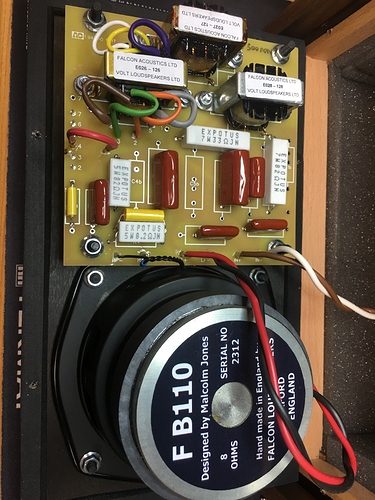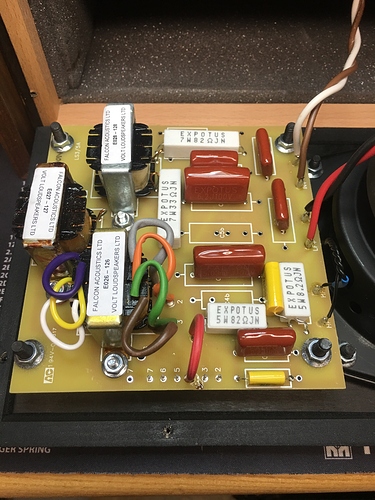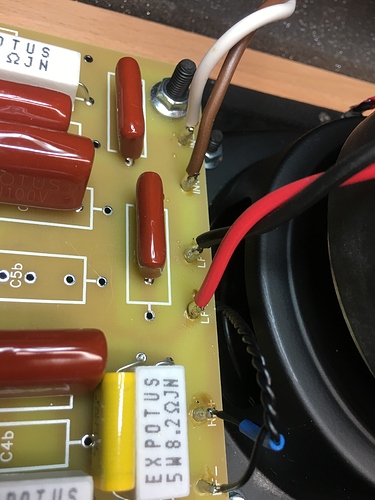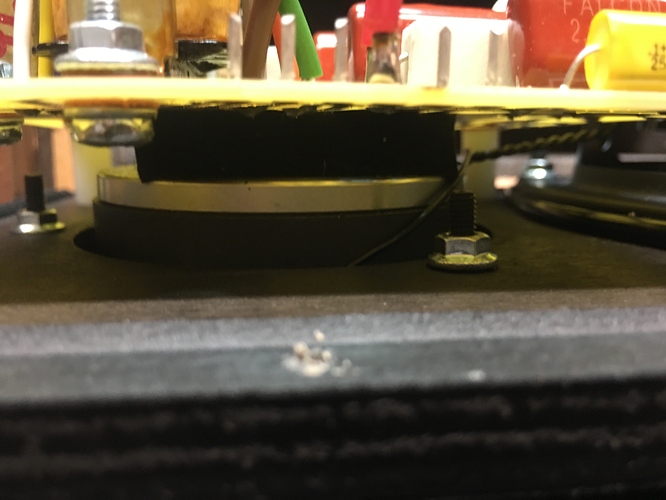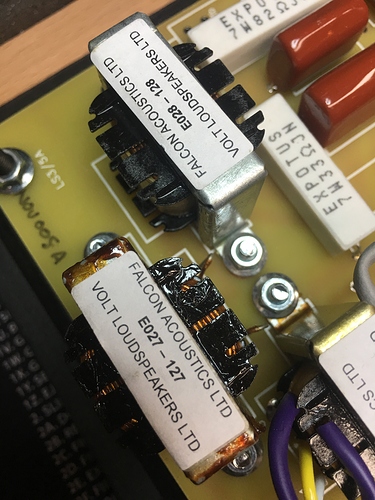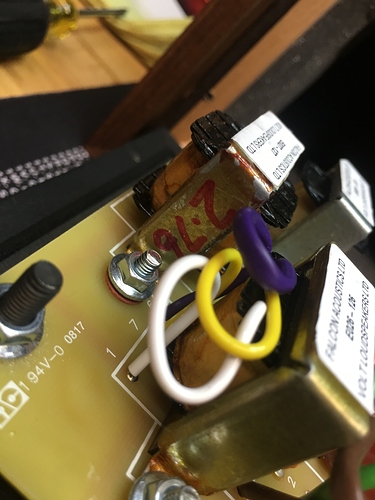@donjklassen, My speakers are 15ohms and 83db. When brand new they require a slow prolonged break in period. I had success with a Sugden FPA-4 https://www.sugdenaudio.com/fpa-4-power-amplifier
I have also had success w/ a Line Magnetic 216ia which is just as hard to find.
I have used a Glow audio II GLOW Amp Two Push Pull Tube Amplifier – Glow Audio with success after they were well broken in and once i managed to roll some quality tubes. For near field it works well and is enjoyable but a bit more power output is required and appreciated when run head to head and compared to the other 2 amplifiers. (20-40 watts of quality power seems to be their sweet spot).
The speakers WILL work with many amplifiers, for example my Emotiva BassX but for multiple reasons they don’t sound right, the treble will be off, the midrange sounds anemic and the low end is off some how. If you feed them too much power you run the risk of separating the fine material that covers the tweeter, especially if they have been shipped via air at some point. It took their engineer a few weeks to figure out that quirky weird issue and we proved his theory correct, 2x ![]() .
.
I honestly thought because they are 15ohm they were dropping the output of the amplifier by half and along with their low sensitivity they needed more power, NOPE, they just need good class A or tube power to sound right. Their build and design is such that an old school designed amp seems best. That is MY experience and if you go and read some of the reviews on them and pay attention to which amps seem to give reviewers best results you will understand what i mean.
Next comes DAC and source material…ugh, where to begin here. These things will find any crap in your source or bad traits your DAC may have and throw them in you face for some reason. You will be sitting there listening to a song and wonder why it sounds “off” or worse yet hear crackles in the high end or muddied, sloppy mids and wonder what the heck is wrong. Well, guess what, that’s what your DAC and source really sound like…So then you will spend a bunch of money looking for a dac that plays well with them. Now we move onto your source itself, good record player? Probably have no issues. All digital front end? Have fun figuring that one out.
This is a funny little speaker design, it was originally designed to be consistent for the BBC and work with whatever it is the British used back in the early seventies in their studios And in their mobile stations. It scales with your system quality and has limitations. It’s “hard” to drive and requires a bit of finesse and patience to figure out. I can make them play and they will lull you into a state of tranquility, peace and relaxation or they will get on your nerves quickly, it really depends on the combo of kit you use.
I honestly don’t know about the other brands and makes, (Mine are Falcons) but if those manufacturers tried to follow the original design i would NOT recommend these for anyone with a short temper or shallow pockets IMHO. Audition them if you can and pay attention to what they are hooked up to. Read reviews and make sure you know what those folks are using to drive them with when thye are reviewing them and make sure your wallet can handle that. Plenty of other speakers out there at this price point that do not require this much coddling…YMMV and everything i went through Was due to my own lack of experience and Knowledge, it was a steep learning curve for me.
Also, the insides of my speakers, i am intimately familiar with them, read up on the crossovers if you like, to understand the tolerances these things are built to. There is a reason i have pics of the guts though…![]()
![]()
Lastly, take a few minutes to read my adventures in this thread: i ate my words and upgraded the whole front-end for these buggers…read my profile for descriptions of kit purchased since then…
